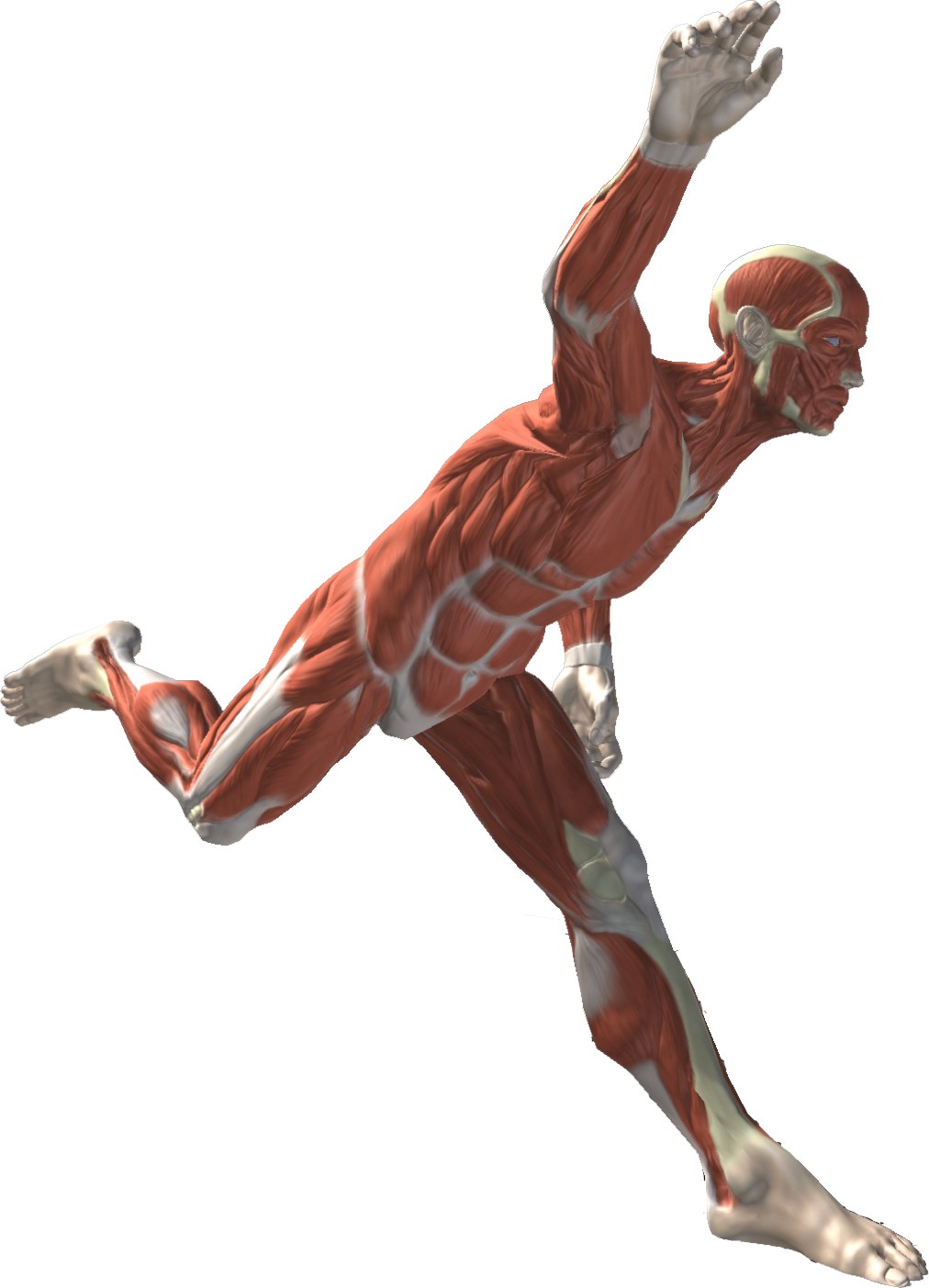 The arm action of a high velocity pitcher is a lot more involved than you think. The "old school" UP, DOWN and OUT arm path is a pitching velocity killer. The more recent approach of Opposite and Equal which means both elbows should mirror each other is just as unsupported by most high velocity pitchers with healthy arms.
The arm action of a high velocity pitcher is a lot more involved than you think. The "old school" UP, DOWN and OUT arm path is a pitching velocity killer. The more recent approach of Opposite and Equal which means both elbows should mirror each other is just as unsupported by most high velocity pitchers with healthy arms.Studies have discovered the most effective and efficient arm path or arm action of the high velocity pitcher and they have broken it down to the exact positions and timing of these positions (1). The problem is most pitching instructors or coaches rarely ever read any pitching science, so I will do my best in this article to give you the information that they chose not to learn about. You will have a very good understanding of the high velocity pitching arm action and a way to implement this into your pitching delivery.
In this article, I will go over the science of the high velocity pitching arm action. I will also show you some examples of this arm action in the high velocity pitcher and leave you with some drills to help you improve this movement pattern so you can create a faster arm path and a healthier pitching delivery.
The Anatomy of the Arm Action of a High Velocity Pitcher
To first truly understand how to create the arm action of a high velocity pitcher you must first understand that the arm is driven by the trunk in the high velocity pitcher. Here is a case study that proves this exact occurrence in the results of their study called, Kinetic chain of overarm throwing in terms of joint rotations revealed by induced acceleration analysis:
These results indicate that baseball players accelerate the distal elbow and wrist joint rotations by utilizing the velocity-dependent torque that is originally produced by the proximal trunk and shoulder joint torques in the early phase (3).
Once you understand that the arm is not generating the forces to the hand then you will learn that the arm action does not begin until as late in the delivery as possible. This understanding alone will fix most arm action problems.
To learn more about how to generate the kinetic energy needed to drive enough force into the arm to throw at high ball speeds signup for the FREE 3 Part Series on 30 Days to 5mph at the top right!
Now that you have a good understanding of when the arm initiates its movement then we can break down the arm action in two critical components; first component is the Arm Path and the second is the Timing Factor.
Arm Path
Here is the exact break down of the Arm Path.
- Hand Break
- Delay Hold
- Cocked Position
- External Rotation
- Elbow Extension
- Internal Rotation
- Pronation
1. Hand Break
This occurs with the lowering of the lift leg or the beginning of the stride.
2. Delay Hold
Due to the long strides of a high velocity pitcher, cocking the throwing arm early can cause early trunk rotation. The high velocity pitcher will hold the arm to delay it from cocking early.
3. Cocked Position
This is the positioning of the throwing arm behind the head before the arm begins to accelerate into pitch release.
4. External Rotation
This is the rolling of the arm back towards second base which is loading the arm for its final launch towards the target.
5. Elbow Extension
The throwing arm will extend at the elbow to initiate internal rotation and pitch release.
6. Internal Rotation
Going into pitch release and immediately after the throwing arm will break into maximum internal rotation.
7. Pronation
This is the unwinding of the forearm into pitch release which supports ball spin.
Arm Action Timing Factor
This is the most critical factor of the arm action of the high velocity pitcher. Even with an efficient arm path, without having the correct timing then the arm action will not be high velocity.
To learn more about the arm path and the timing factor of the arm action of the high velocity pitcher checkout this instructional video on the arm action of the high velocity pitcher.
The #1 Arm Action Pitching Program and More
 The arm action of the high velocity pitcher is a main highlight of the 3X Pitching Velocity Program and it has many more drills to train this critical movement pattern. The key timing factor and position of the throwing arm at front foot strike is defined as 3X Arm Flex-Timing in the 3X Pitching Velocity Program. Learning to master this timing mechanism with the timing mechanism of 3X before front foot strike is the key to becoming a high velocity pitcher.
The arm action of the high velocity pitcher is a main highlight of the 3X Pitching Velocity Program and it has many more drills to train this critical movement pattern. The key timing factor and position of the throwing arm at front foot strike is defined as 3X Arm Flex-Timing in the 3X Pitching Velocity Program. Learning to master this timing mechanism with the timing mechanism of 3X before front foot strike is the key to becoming a high velocity pitcher.
The reason the 3X Extreme Pitching Velocity Program is so effective is because it is based off of science and it has been proven to develop not just the arm action of the high velocity pitcher but the entire kinetic chain. It isn't rocket science or voodoo, it is the real deal! The program comes with a high level workload of drills, lifts and exercises scientifically programmed to enhance throwing speed on the mound while developing an efficient pitching delivery. The format of the 3X Pitching Velocity Program is similar to the same approach Olympic throwers have been using for decades to increase throwing velocity. This approach isn't new to the sports world but it is new to baseball.
If you are serious about your career and are insanely driven to put yourself into an extremely small percentage of pitchers who are potential D1 prospects, top level draft picks or you just want to reach your potential on the mound then this program is the best chance you have to making your dreams come true.
Learn more about the 3X Extreme Pitching Velocity Program or get started TODAY adding 5-10+mph!

Arm Action References
- Rod Whiteley. - Baseball throwing mechanics as they relate to pathology and performance – A review. - Journal of Sports Science and Medicine (2007) 6, 1-20
- Hirashima M, Yamane K, Nakamura Y, Ohtsuki T. -
Kinetic chain of overarm throwing in terms of joint rotations revealed by induced acceleration analysis. - J Biomech. 2008 Sep 18;41(13):2874-83.




it getting your arm to lay back flat in 180 degrees of external rotation more a product of the drive leg or joint integrity / strength of the throwing arm?
I have seem pitchers who are upper 80s with very little lower half power throw with good external rotation and I’m not sure how they got their arm coil like that.
When arm goes into cocking phase you’ve got to internally rotate the fore-arm (as if your gripping a football.) This is the initial movement to the arm spiraling effect, causing more fire arm lay back.
Both
As a student of physics and baseball… I think you are pretty close to nailing the movements in pitching. At least from a physics standpoint you use good logic. But– the problem is you don’t go “far enough in thinking it all the way through”. It is simple really… The arm action consists of various connected movements–some are passive and some are active. Any time you move the arm with an arm muscle prematurely, you stifle the overall potential energy. Don’t do it — if there is another way… Think instead of making the hinge angles properly aligned to the upstream momentum. Proper alignment allows for least resistance. That is the path the sequence momentum WANTS to take. Fluid motion from start to finish — prevents unnecessary tension on the joints. Hands break, ball arm falls and has plenty of momentum to get to the next position with nothing more than a twist of wrist. The elbow hinge can allow arm’s momentum plus inertia of the rotating torso to lift the arm in a near limp state. As torso continues, the 90 degree elbow simply rises due to hips/torso turning and arm inertia. This is what Lincecum understands better than most. Never engage arm prematurely. The whip action begins to be diminished if you do.
Quick experiment…. 1.Stand with arms limp at your side. 2. Touch your palm of RH to left shoulder while simultaneously touching back of left hand to small of your back. 3. Start slow and build up speed as comfort allows. Goal: demonstrate how the legs power the movements just like a hand holding the large end of a bullwhip does… Good luck… Let me know how it goes.
Oh I forgot to tell you…. Don’t use ANY arm muscles when performing the experiment… Just get the arms gently swaying as they LAG behind hip torso rotation. Use hip shoulder separation to whip the hands in the desired location. A quick snap of the hips can lift hand as high as you want…